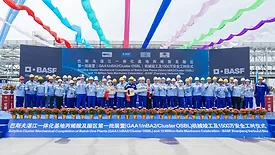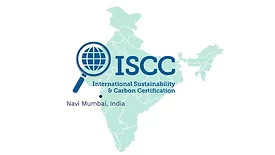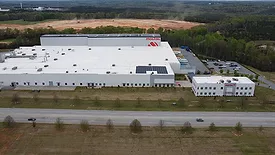Home » acrylics
Articles Tagged with ''acrylics''
How Acrylic Tapes Are Transforming the Future of Wearable Medical Devices
From glucose and heart monitoring devices to defibrillator systems and beyond, more people are wearing devices that provide essential information to their doctors.
July 17, 2024
Keep the info flowing with our newsletters!
Get the latest industry updates tailored your way.
JOIN TODAY!Copyright ©2025. All Rights Reserved BNP Media.
Design, CMS, Hosting & Web Development :: ePublishing



.webp?height=168&t=1709670950&width=275)





